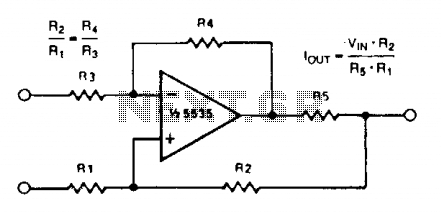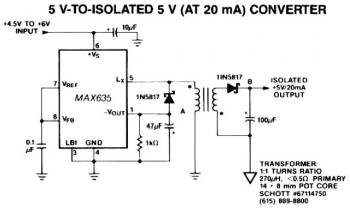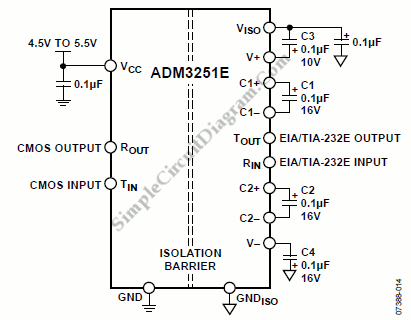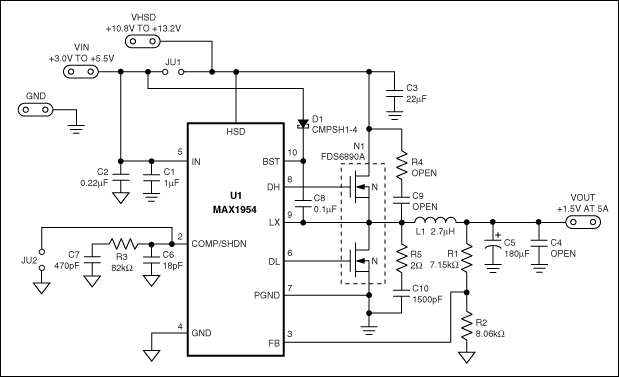
Resistance-to-voltage converter

The circuit accurately measures up to 20M when used with a buffer amplifier (Al) that has a low input bias current (IiN) of less than 30 nA. It utilizes two of the three amplifiers found in the Siliconix L144 micropower triple op amp.
The described circuit is designed for high-impedance measurement applications, specifically targeting a maximum resistance of 20 megohms. The choice of a buffer amplifier with a low input bias current is crucial to minimize measurement errors caused by loading effects. The specified input bias current of less than 30 nA ensures that the amplifier does not significantly affect the circuit being measured, allowing for accurate readings.
The Siliconix L144 micropower triple op amp is an integral component of this design. By employing two of the three available amplifiers, the circuit can achieve both amplification and buffering functions. The first amplifier can be configured as a non-inverting amplifier to provide gain, while the second amplifier serves as a buffer to isolate the measurement circuit from the load. This configuration enhances the overall stability and accuracy of the measurement.
In practical applications, the circuit may be used in various settings, including laboratory measurements, sensor interfacing, and high-impedance data acquisition systems. The low power consumption of the L144 op amp makes it suitable for battery-operated devices, ensuring that the circuit remains efficient while delivering precise measurements. The careful selection of components and configuration allows for reliable performance in demanding electronic measurement tasks.Circuit will measure accurately to 20M when associated with a buffer amplifier (Al) having a low input bias current (IiN) < 30 nA) The circuit uses two of the three amplifiers contained in the Siliconix L144 micropower triple op amp.
The described circuit is designed for high-impedance measurement applications, specifically targeting a maximum resistance of 20 megohms. The choice of a buffer amplifier with a low input bias current is crucial to minimize measurement errors caused by loading effects. The specified input bias current of less than 30 nA ensures that the amplifier does not significantly affect the circuit being measured, allowing for accurate readings.
The Siliconix L144 micropower triple op amp is an integral component of this design. By employing two of the three available amplifiers, the circuit can achieve both amplification and buffering functions. The first amplifier can be configured as a non-inverting amplifier to provide gain, while the second amplifier serves as a buffer to isolate the measurement circuit from the load. This configuration enhances the overall stability and accuracy of the measurement.
In practical applications, the circuit may be used in various settings, including laboratory measurements, sensor interfacing, and high-impedance data acquisition systems. The low power consumption of the L144 op amp makes it suitable for battery-operated devices, ensuring that the circuit remains efficient while delivering precise measurements. The careful selection of components and configuration allows for reliable performance in demanding electronic measurement tasks.Circuit will measure accurately to 20M when associated with a buffer amplifier (Al) having a low input bias current (IiN) < 30 nA) The circuit uses two of the three amplifiers contained in the Siliconix L144 micropower triple op amp.





